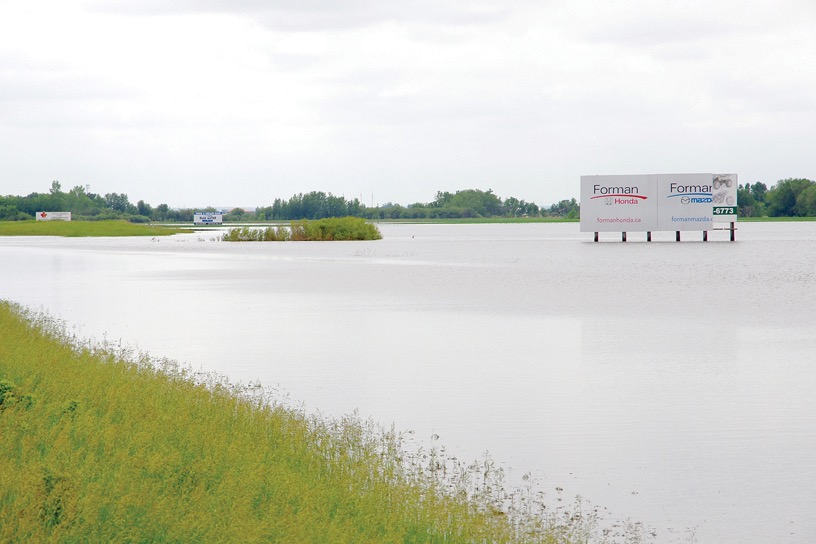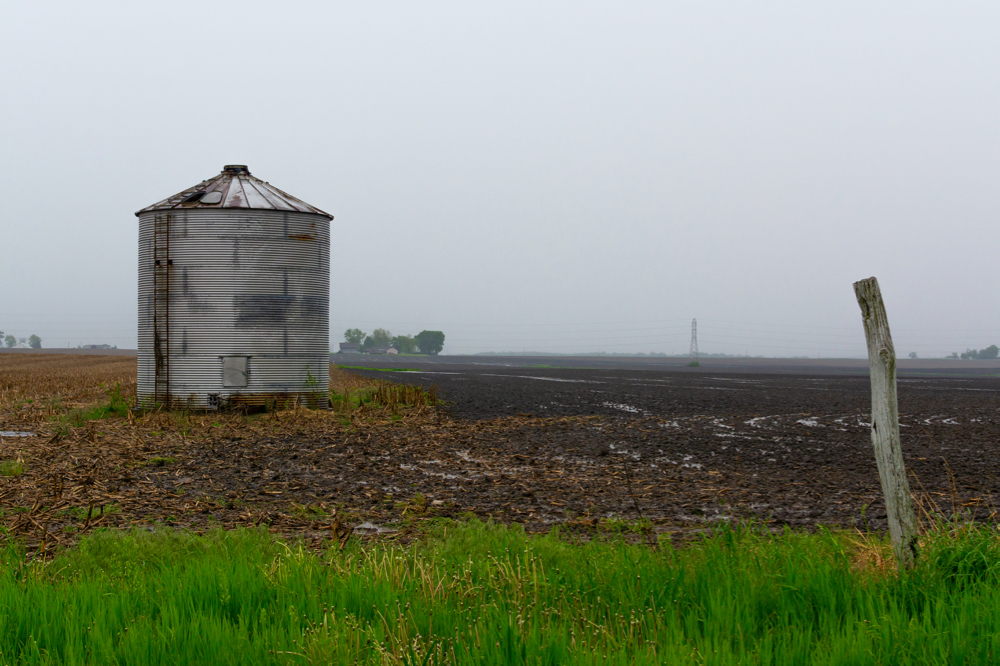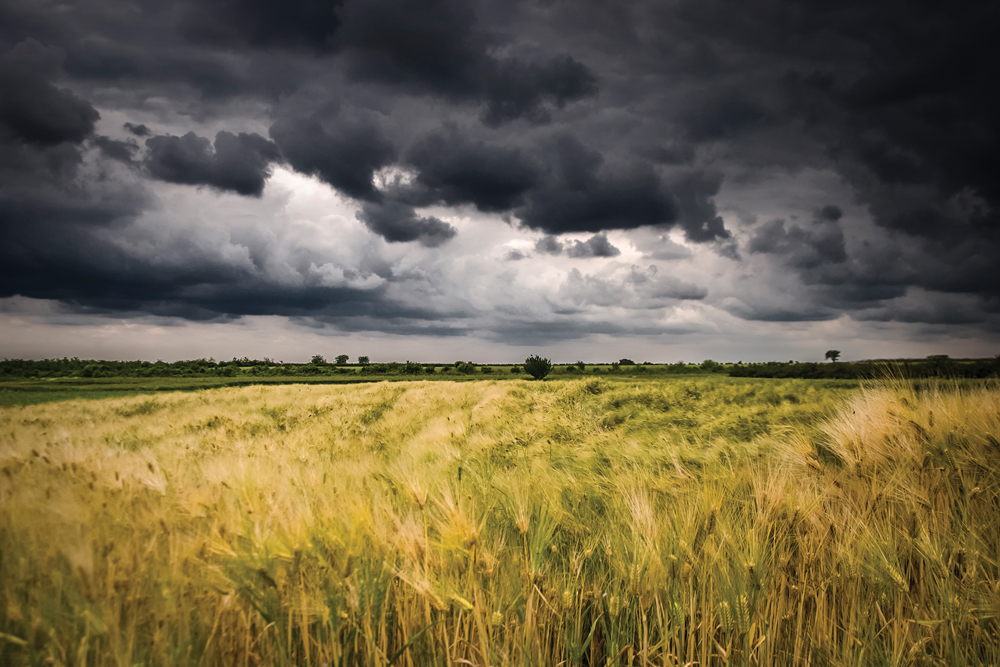The weather page is prepared by Daniel Bezte. Dan has a BA Honours degree in geography, specializing in climatology, from the U of W. He has taught climate and weather classes at the U of W, and is a guest climate expert on CJOB’s morning show with Larry Updike. Daniel runs a computerized weather station on his 10 acres near Birds Hill Park, which he plans to develop into a small vegetable and fruit hobby farm.
Daniel welcomes questions and comments at [email protected]
Read Also

Farmer gift idea: How about a weather station?
The 2025 holiday season is looming, and a home weather station might make a great Christmas gift for farmers
It seems like we’ve let WeatherNet slide this year, and I know it’s a little later than usual to get things going, but better late than never! We had some issues this spring trying to get everything set up, but now all our ducks are in a row and we are ready to start collecting rainfall data and producing precipitation maps. The University of Winnipeg department of geography has agreed once again to produce our maps, and along with our volunteers and Manitoba Agriculture Department weather stations, we will once again have some of the most detailed precipitation maps for agricultural Manitoba.
PREVIOUS VOLUNTEERS
The key to getting the best possible maps is to have a lot of data, and that means a lot of volunteers. It doesn’t matter if you have an expensive computerized weather station or a good old-fashioned garden rain gauge – you can help us out. For those of you who have volunteered in the past you should have received an e-mail asking if you are interested in helping out again this year. If you are, then things will work exactly the same as last year: you don’t have to do anything (except collect and enter your readings!) If you’re not interested or can’t help out this year, just e-mail me back and I will remove you from the e-mailing list. For those who phone in your readings, just like our other volunteers, things haven’t changed from last year. You can call in your readings to 1-866-946-2700.
NEW VOLUNTEERS
If you have not participated in the past but are thinking that you might want to help out this year, this is how it all works. We collect daily rainfall readings and these readings would ideally be from midnight to midnight on each day, but unless you have a computerized rain gauge this probably won’t be happening, and that’s OK. The next best thing is to take a reading first thing every morning and record that as the previous day’s rainfall. This method works fine unless it rains during the late evening and overnight on the last day of a rainfall collection cycle. When this happens, we usually try to make a best estimate of how much rain fell before and then after midnight. Luckily this only happens once or twice during the year.
So what is a rainfall collection cycle? Well, due to the time it takes to process the data, get it mapped out and then submit it to the publisher in time to make it into the weekly paper, we collect data from Wednesday to Wednesday of each week. This gives you all day Thursday to submit your data before we send it off to the university to be mapped. Just how hard is it to submit your data? If you are on a computer with an Internet connection all it takes is a couple of minutes. Each week I send out a reminder e-mail (because if it was me I would always forget). This e-mail not only acts as a reminder but also contains a link to our website, which collects the data. So you can simply click on the link and submit the data. If that doesn’t work you can just reply to the e-mail and include your weekly readings.
If you don’t have access to a computer, you collect your data and then simply phone in your daily rainfall amounts for the week. I should also mention that if you submit rainfall readings for every day during any given month, your name is entered to win a prize.
TO VOLUNTEER
If you are interested in helping out for the first time, all you have to do is e-mail me at [email protected]or call me at 1-866-946-2700. Either way you contact me, let me know that you are interested in helping out, and include the following information.
1. Your name;
2. Mailing address (should you win a prize);
3. Phone number (sometimes I may need to contact you to double-check the data you have entered);
4. The closest town to you; and
5. The latitude and longitude of your location (or your rain gauge location if it is different).
If you don’t know or are having trouble figuring out your exact latitude and longitude give me a call and we will work together (along with some mapping software) to pinpoint just exactly where you are!
Then, once I have all this data, I will set up your WeatherNet account and send out a sample weekly reminder e-mail which will contain your WeatherNet user ID. This ID is what you will use to identify yourself when you enter or call in your data. Don’t worry about losing this ID, as each weekly reminder will have your user ID in it.
Next week we will take a look ahead and see if Environment Canada’s prediction of an above-average summer is held by our other long-range forecasters.














